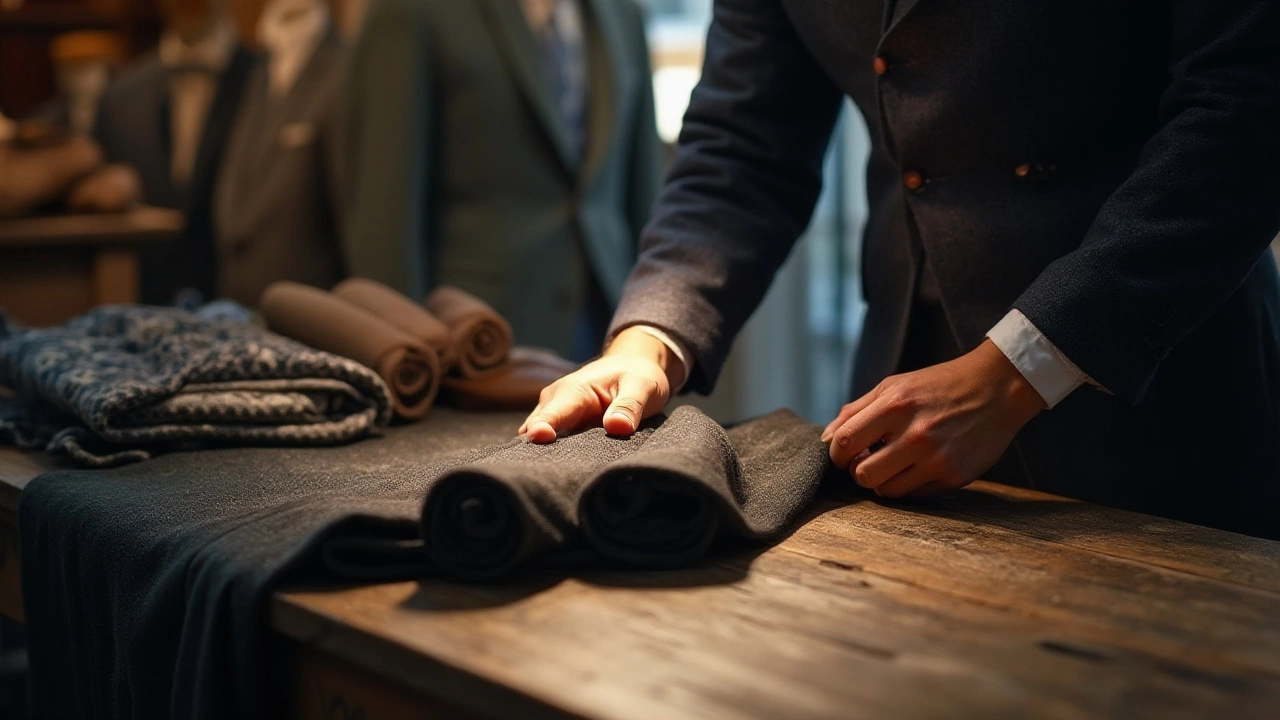Suit Shopping Made Simple: Your Go‑to Guide for Finding the Perfect Suit
So you’re ready to upgrade your wardrobe with a new suit, but the whole process feels overwhelming. Don’t worry – you don’t need a fashion degree to pick a suit that looks sharp and feels comfortable. In the next few minutes we’ll break down the basics: fabric, fit, colour, and price. By the end you’ll know exactly what to look for, whether you’re browsing online or trying on jackets in a shop.
Fabric and Fit: The Two Things That Matter Most
The first question is what material you want. Wool is the classic choice – it drapes nicely, breathes, and works year‑round. For summer events, a lightweight cotton or linen blend keeps you cool, but expect a more relaxed look. If you’re on a tight budget, a good polyester‑wool mix can mimic the feel of pure wool without breaking the bank.
Fit is where most shoppers go wrong. A suit that’s too big will look sloppy, while one that’s too tight will be uncomfortable. Start with the shoulders: the seam should line up with the edge of your shoulder bone. The jacket’s length should cover your rear, and the sleeves should reveal about a quarter inch of shirt cuff. For pants, aim for a slight break at the shoe – not too much fabric pooling, not too tight.
Choosing the Right Colour and Style
When it comes to colour, stick with timeless shades if you’re building a core wardrobe. Navy, charcoal, and classic black cover almost any occasion, from office meetings to evening events. If you want a bit of personality, try a subtle check or a deep burgundy for a dinner party. Remember that lighter colours such as beige work best in daytime settings and warmer climates.
Style details like lapel width, button stance, and pocket design can change the vibe of a suit. A slim notch lapel and a two‑button jacket give a modern, streamlined look. A three‑button jacket can feel dated unless you’re aiming for a retro style. Pocket squares, ties, and shoes let you add personality without buying a new suit.
Now that you know the basics, here’s a quick checklist for your next suit shopping trip:
- Identify the occasion – formal, business, or casual.
- Pick a fabric that suits the season and climate.
- Measure your shoulders, chest, waist, and inseam accurately.
- Try on at least three fits: classic, slim, and tailored.
- Choose a colour that matches most of your existing shirts and shoes.
- Set a budget – remember $400 can get you a solid suit if you shop smart.
Don’t forget to check the return policy, especially when buying online. Many retailers let you return or exchange within 30 days, giving you a safety net if the fit isn’t perfect. Lastly, think about alterations. A good tailor can take a decent off‑the‑rack suit and make it look bespoke for a fraction of the price.
Suit shopping doesn’t have to be a nightmare. By focusing on fabric, fit, colour, and price, you’ll walk out with a suit that makes you feel confident and looks great in any setting. Happy hunting!
-
Detecting Quality: Identifying a Cheap Men's Suit
Identifying a cheap suit isn't just for fashion critics; anyone can develop an eye for quality clothing with a little guidance. Factors like fabric quality, stitching, fit, and detailing play crucial roles in differentiating an affordable suit from an investment piece. Understanding these elements can help you make smarter purchases. Reading this guide will give you insights into recognizing both quality craftsmanship and corner-cutting techniques often found in cheaper suits.
